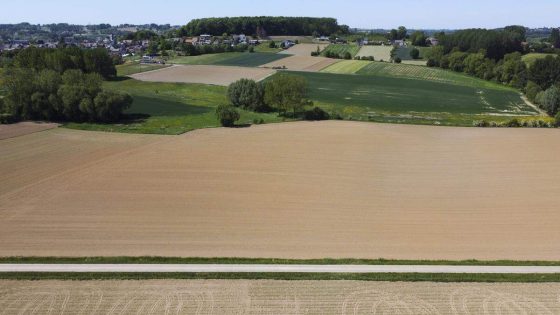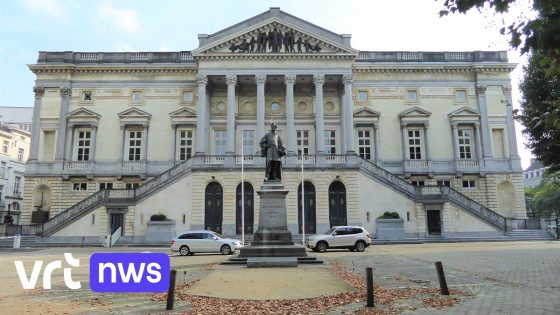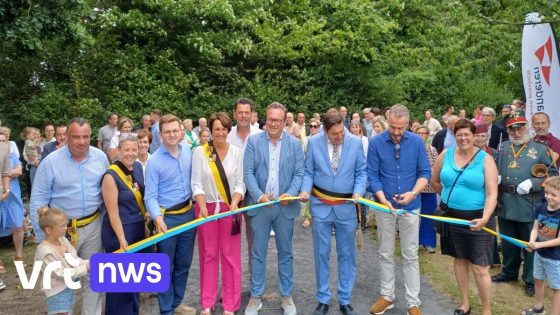Belgium’s approach to land use is evolving rapidly, with the latest policies focusing on preserving open space and reducing urban sprawl. The ongoing discussion about the “bouwshift” and “betonstop” reflects growing concerns about sustainable development and nature conservation. As of 2025-07-16 00:40:00, significant plans are underway to protect thousands of hectares of land from construction and to promote agricultural areas instead.
- Brouns maakt natuur en landbouwgebied van bouwgrond
- Ex-bouwmeester roept op tot bouwstop
- Vlaamse regering plant 30.000 hectare extra open ruimte
- Vlaanderen creëert open ruimte, kosten onduidelijk
- Vlaamse regering lanceert Beleidsplan Ruimte Vlaanderen
With the Flemish government committing to creating 30,000 hectares of extra open space, the debate intensifies on how to balance economic growth with environmental protection. Former experts and current policymakers urge immediate action to halt the loss of open land, emphasizing the urgency in today’s urban planning. But how feasible is this shift, and who will bear the financial burden of these ambitious goals?
This News roundup explores the latest developments in Belgium’s land use strategy, highlighting key initiatives and challenges. The following summary offers a clear snapshot of what these changes mean for local communities and the environment.
What does this mean for Belgium’s future? The government’s plan raises important questions about implementation and funding. Key points include:
- Transforming 15,000 hectares of planned construction land into natural and agricultural zones
- Experts calling for an immediate halt to consuming open space for building projects
- The challenge of financing the billions needed to support these environmental commitments
- The introduction of the long-awaited Beleidsplan Ruimte Vlaanderen to guide spatial planning
Looking ahead, Belgian policymakers and citizens alike must collaborate to ensure these land use reforms succeed. Will the country manage to protect its open spaces while supporting growth? The coming months will be decisive in shaping a sustainable future for Belgium’s landscapes.

































